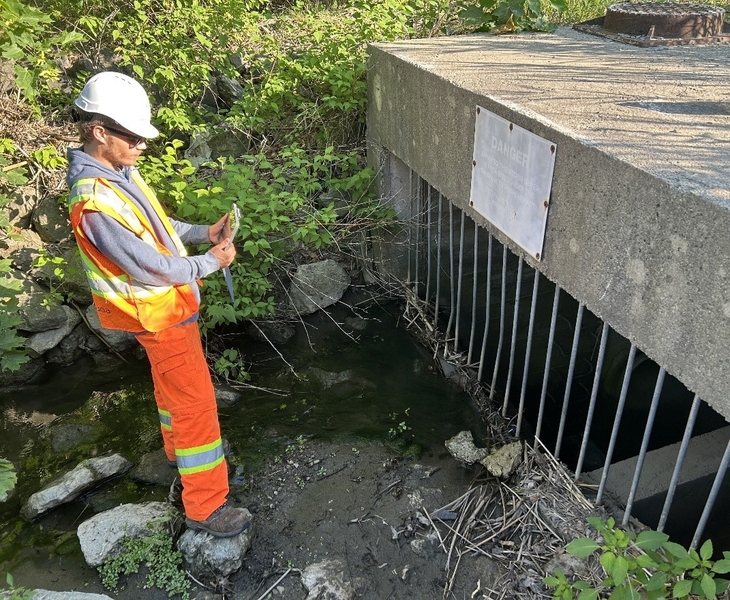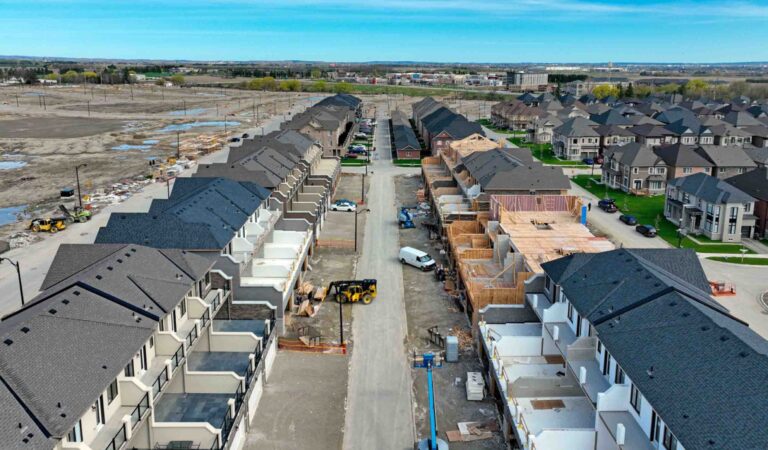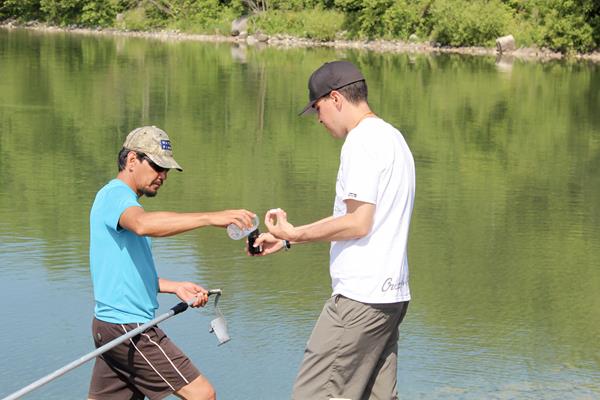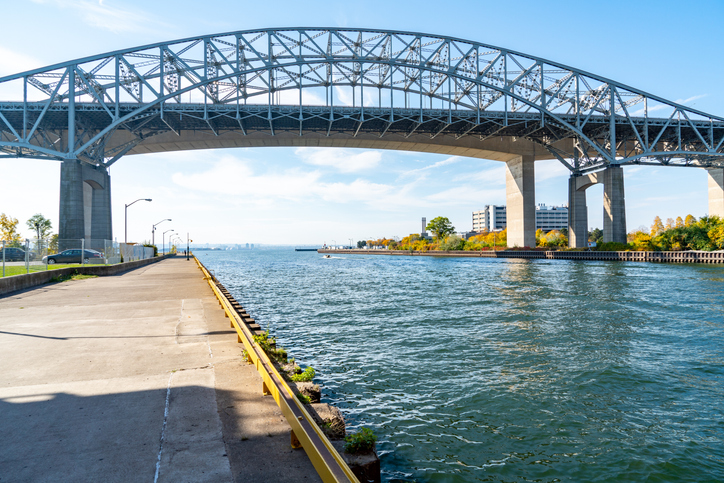The Government of Yukon announced preparations for the next phase of remediation work at the Marwell Tar Pit site in Whitehorse, which will begin this year, to protect the health of soil and groundwater at the site.
The seasonally dependent work will include site preparation, excavation of contaminated soils, segregation of impacted soils, and on-site treatment of contaminated soil.
“This project highlights our work together with our federal and First Nation partners. Together we are working to clean up our land from a time when we knew much less about contamination and hazardous substances,” said Yukon’s Minister of the Environment, Pauline Frost.
Provincial investigations in the early 1990s found that hydrocarbons had contaminated an estimated 27,000 cubic meters of soil, and groundwater, at the site. Investigations also found that some of the contaminants had migrated from the site.
Known contaminants include: benz[a]anthracene, as well as heavy and light extractable petroleum hydrocarbons and naphthalene. Heavy metals are also present, including manganese. Contaminant concentrations were found to be well above the standards defined by Yukon’s Contaminated Site Regulation. On-site treatment of soil will use the enhanced thermal conduction process. The process heats the soil, causing the contamination to vapourize. Vapourized contaminants are captured and burned off in such a way as to meet air quality standards.
This is the second of three phases of addressing contamination at the site. The whole project is expected to take more than a decade to complete with monitoring for years to come. This year, $4.6 million has been committed to this project of which the federal government has contributed 70 per cent.
“By working together, we can make sure we leave this land in a better condition than we found it,” said Frost.
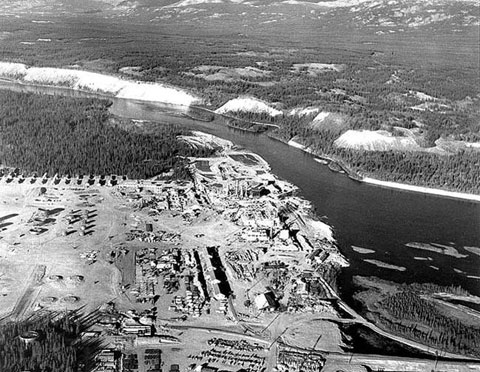
Site contamination is a legacy from the Second World War. At that time, an oil refinery was built to process crude oil brought by the Canol Pipeline from Norman Wells, NWT. The refinery operated for less than one year before closing in March 1945.

